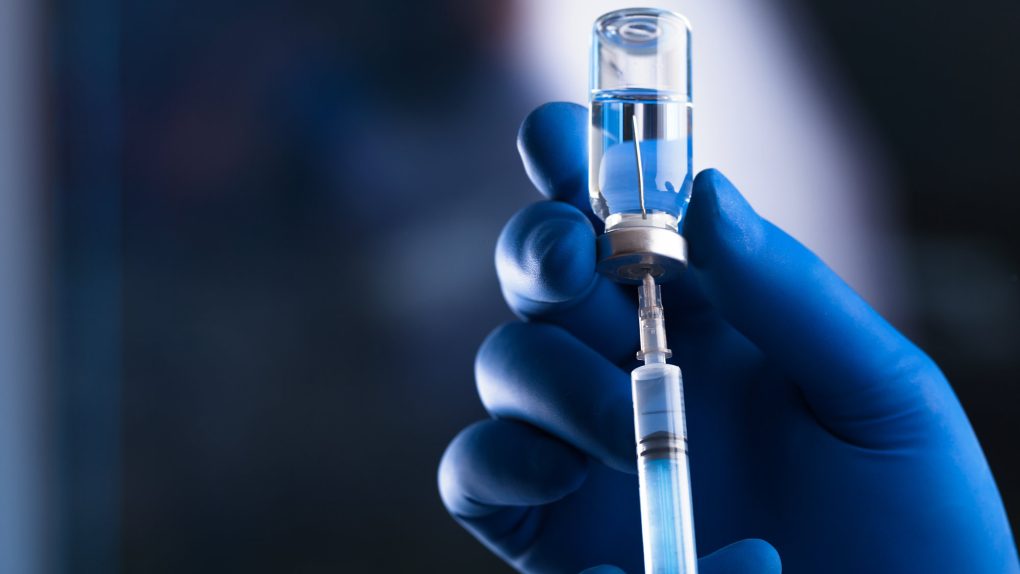- Researchers proved that an advanced coronavirus vaccine candidate respects the genetic instructions as intended, producing the desired response inside cells.
- Scientists from Bristol University developed new technologies to inspect the quality of vaccines and found that the AstraZeneca/Oxford vaccine follows the programmed genetic instructions.
- The independent research is reassuring, showing that the vaccine behaves consistently with the intended plan.
Several coronavirus vaccine trials will complete Phase 3 in the coming months, with one of the frontrunners expecting to seek emergency regulatory approval in late November. That’s assuming Phase 3 trials prove that the drugs are effective and safe. The vaccines will have to protect against infection with the novel pathogen without inducing severe adverse effects. The results for Phase 1 and Phase 2 trials showed that various drugs that are currently tested on volunteers were generally safe. Researchers reported minimal adverse incidents, and those were usually transitory. However, that’s not enough, and the FDA has strict safety requirements for following up with patients enrolled in Phase 3 trials. All volunteers will have to be monitored for two months after their second shot before a company can seek approvals. That’s actually the rule that makes it impossible for any vaccine maker to file paperwork before the presidential election.
That said, there has been an interesting development that warrants plenty of attention from the general public. An independent team of researchers proved that one of the most advanced vaccines works as intended. The conclusions are definitely reassuring, although they’re not enough to conclude the vaccine is safe for use. The researchers found that the drug respects the genetic instructions and behaves exactly as the designers want it to.
Researchers from Bristol University developed new techniques to study the well-known AstraZeneca/Oxford vaccine candidate known as ChAdOx1 nCoV-19 or AZD1222. They were able to show that the vaccine follows genetic instructions accurately, as Oxford University intended it.
The researchers explained in a press release that the Oxford vaccine is made using a common cold virus (adenovirus) from chimpanzees that doesn’t have the ability to replicate inside of the human cells. Oxford replaced about 20% of its code with genetic information that codifies only the spike protein of SARS-CoV-2, the virus that causes COVID-19. That’s the protein that the virus uses to link with cells.
The idea for the vaccine is to enter human cells without causing illness. Once inside the cell, the vaccine will instruct them to copy the spike protein and replicate it. The spike protein will then be perceived as a foreign object, and the immune response will take action. This is how the immune system is trained to create antibodies that can block the spike protein. Upon encountering the actual coronavirus, those antibodies should bind to the real spike protein and prevent the virus from entering cells. This is the key event in the life of a virus particle. Without breaching the cell wall, the virus can’t replicate. If replication is stopped, then the COVID-19 infection is stopped.
The Bristol researchers were able to verify that the vaccine behaves as intended. “Thanks to very recent advances in genetic sequencing and protein analysis technology, researchers at Bristol were, for the first time also able to directly check thousands and thousands of the ‘photocopied’ instructions produced by the Oxford vaccine within a cell,” the release reads. “In this way, they were able to directly validate that the instructions are copied correctly and accurately, providing greater assurance that the vaccine is performing exactly as programmed.”
In addition to verifying that the vaccine writes the correct data, they also inspected the spike protein copies to see whether they respect the programmed instructions.
“This is an important study as we are able to confirm that the genetic instructions underpinning this vaccine, which is being developed as fast as safely possible, are correctly followed when they get into a human cell,” said Dr. David Matthews, who led the validation research. “Until now, the technology hasn’t been able to provide answers with such clarity, but we now know the vaccine is doing everything we expected, and that is only good news in our fight against the illness.”
These conclusions are definitely reassuring, but they have their limits. The researchers can’t address the potential side-effects that the vaccine can induce. That’s what the Phase 3 trial will help explain. AstraZeneca has disclosed so far three safety incidents, including an unexplained illness that paused the study in early September — the US arm of the study remains on pause. More recently, a volunteer died in Brazil, but the person was on the placebo, not the real experimental drug. The event was investigated, and experts, including Brazil’s regulators, advised that the study proceed.
The Bristol study has been pre-published in Research Square and needs to be peer-reviewed.








